Mold & mycotoxins in coffee: Can they survive the roasting process?
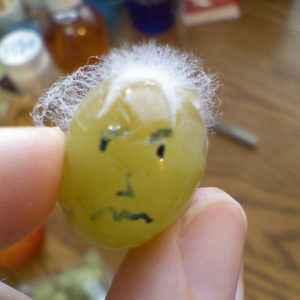 “Mycotoxins” is an umbrella term for a whole lot of things that can be found in coffee and many other food ingredients. The compounds develop from fungi that forms on coffee beans and other crops like peanuts, maize, grains, and grapes. The fungi thrive in the same conditions that makes a location ideal for growing coffee.
“Mycotoxins” is an umbrella term for a whole lot of things that can be found in coffee and many other food ingredients. The compounds develop from fungi that forms on coffee beans and other crops like peanuts, maize, grains, and grapes. The fungi thrive in the same conditions that makes a location ideal for growing coffee.
You may have heard the term “mycotoxins” used by people concerned with the link between coffee and health. There are two camps: one that says mycotoxins can do lasting harm to the body, and others who say that few coffees are affected by harmful mold and if they are it gets burnt off in the roasting process. So who is right? Choosing mold free coffee is one way to eliminate much of the uncertainty.
Mold & mycotoxins: What's the difference?
Molds and mycotoxins are not the same thing, but rather mycotoxins can be produced by certain molds. In other words, these fungi will not produce mycotoxins unless it's the right variety of mold, coffee moisture levels become too high and conditions in roastery warehouses are welcoming. One of the realities of the coffee trade is that there is usually some amount of mold spores on green coffee before it is roasted. Of course, roasting easily kills mold and its spores, but ridding the coffee beans of mycotoxins which have developed during improper storage of the beans is not so easy making organic decaffeinated coffee beans a safer choice for those concerned about quality.
When you think of “mycotoxins,” focus on avoiding the one that poses the greatest risk when it comes to coffee- Ochratoxin A. This common mycotoxin develops naturally and is surprisingly prolific, with one study finding over 50% of sampled beans to be contaminated.
And that’s bad news for the body.
Why should I care if there’s Ochratoxin A in my coffee?
Ochratoxin A (also known as OTA) has been tied to a number of serious health risks. The U.S. government considers the compound to be a possible carcinogen. It’s also an immunosuppressant, which means it hurts the body’s ability to heal or protect itself from disease. Finally, it’s also connected to nephrotoxicity, meaning it’s particularly dangerous to the kidneys. Specifically, a study of Balkan Endemic Nephropathy found that consuming OTA was correlated with the disease, which was associated with severe kidney damage and difficulty with urination.
Cold brew organic coffee is increasingly sought out by health-conscious consumers for added assurance, yet few people know that this dangerous toxin even exists, much less that it’s a risk to their health. While many fungi create an odd smell or taste, the fungi that produces OTA provides no such warning. There are multiple stages at which it can taint coffee beans, and once it’s taken hold it is very difficult to eliminate. Even trying to get rid of it can lead to further problems, which we will soon see.
What is Ochratoxin A exactly?
A certain type of micro-fungi combined with the right conditions for a long enough time can produce a substance called Ochratoxin A (OTA). Ochratoxin A is the most common of three ochratoxins: A, B, and C. Ochratoxin A is defined as “a mycotoxin produced by secondary metabolism of many filamentous species belonging to the genera Aspergillus and Penicillium.” These mold species can create the toxin when the temperature and moisture levels are just right, and in food safety terms OTA is considered a chemical contaminant. Ochratoxin A has been found in rye, oat, barley, wheat, coffee, grapes, cheese, and meat from animals that consumed ochratoxin-infected grains. The Joint FAO/World Health Organization (WHO) Expert Committee on Food Additives (JECFA) of the United Nations reported that the major sources of human ochratoxin exposure are cereals, wine, grape juice, coffee, spices, and pork meat.
How prevalent is Ochratoxin A?
 There’s a difference in OTA risk depending on whether coffee beans are wet processed or dry processed. When coffee is wet processed, that means the skin is removed and it’s immediately washed, fermented, and washed again to rid it of the mucilage (the pulp of the coffee fruit). Wet processing is more likely to prevent OTA from developing. When it’s dry processed, the coffee’s left inside the whole fruit and left out in the sun to dry. Improper post-processing storage methods can also lead to excess mold, which means OTA can multiply even further.
There’s a difference in OTA risk depending on whether coffee beans are wet processed or dry processed. When coffee is wet processed, that means the skin is removed and it’s immediately washed, fermented, and washed again to rid it of the mucilage (the pulp of the coffee fruit). Wet processing is more likely to prevent OTA from developing. When it’s dry processed, the coffee’s left inside the whole fruit and left out in the sun to dry. Improper post-processing storage methods can also lead to excess mold, which means OTA can multiply even further.
Ochratoxin A gets its hooks into food products, including coffee beans, for a number of reasons. In coffee’s case, it can first develop on the beans before they’re even harvested. Many conventional farmers use chemical fungicides on their coffee to mitigate diseases like fusarium, which can lead the coffee beans to develop certain varieties of mycotoxins, but not OTA specifically.
Ochratoxin A is common in coffee. A 2009 study from Batista et al. found that 56% of 128 different coffee samples contained OTA. This particular study found that cross-contamination of OTA was common in processing centers that did not safeguard against these particles. That means that even beans that were not infected before they reached a processing plant could be contaminated through the facility’s condition. Extreme care and extensive testing must be taken to avoid OTA lingering in a processing plant and infecting other coffee beans.
We can show you a number of studies that demonstrate Ochratoxin A is prevalent in coffee and that it doesn’t get roasted away unless the roast is so high that there are virtually no antioxidants left. OTA can never be allowed to develop at any stage and your coffee needs to be lab tested for it.Andrew Salisbury Founder, Purity Coffee
How can we avoid Ochratoxin A in coffee?
The good news is that there are methods on the farm to produce coffee without OTA. In addition to being safer production methods, these fungi-restricting practices also yield higher quality, better tasting coffees. According to the United Nations Food & Agriculture Organization, to mitigate ochratoxin, two available tools are:
- Managing water availability starting with the beginning of drying onward, and
- Making it easier for micro-organisms that compete with these fungi to develop, and create conditions that restrict growth but don’t diminish quality before this point.
The bad news is that OTA has a resistance to acidity and high temperatures, so once a food is contaminated, it is very difficult to totally remove it. Up until 1987, when a study by Tsubouchi et al. was published, scientists and coffee producers believed that it was possible to eliminate OTA during the roasting process. After further research and testing, however, it was concluded that this was not true in all cases, but depended greatly on the darkness of the roast and the starting levels of OTA contamination.  Further evidence that Ochratoxin A is a harmful nephrotoxic substance comes from a 1985 study from Bendele et al. The two-year long study focused on the carcinogenic effects of OTA ingestion in mice. At the end of the two years, the mice that regularly ate food infected with the toxin developed cancerous kidney tumors. This effect in the mice reflects what can happen to the human body as well.
Further evidence that Ochratoxin A is a harmful nephrotoxic substance comes from a 1985 study from Bendele et al. The two-year long study focused on the carcinogenic effects of OTA ingestion in mice. At the end of the two years, the mice that regularly ate food infected with the toxin developed cancerous kidney tumors. This effect in the mice reflects what can happen to the human body as well.
In a study published by Castellanos-Onoria et al, a dark roast significantly reduced OTA contamination for green beans whose starting level was less than 42 μg kg1. For light and medium roasts, however, the decrease was not sufficient--proving that industrial processing is not enough to protect lovers of light roasts from OTA contamination.
Technically it is possible to reduce the amount of OTA in contaminated coffee beans, but it comes at a high cost. Roasting can potentially reduce the number of OTA compounds in coffee by 97% if the roast is very dark and the grounds are very coarse. Unfortunately, not only does this end up making the coffee taste burnt and depleting its antioxidants, it leads to the formation of other harmful compounds. Over-roasting leads to polycyclic aromatic hydrocarbons (PAHs), which are a known carcinogen.
The European Commission has set a maximum limit of 5 µg kg-1 of OTA for roasted beans. Currently, the United States FDA has set no such limit on levels of OTA in coffee. To be able to bring the level of OTA down through roasting (and without burning out all the good stuff), OTA levels in the coffee already have to be very low. A lack of regulation and information makes it difficult for coffee consumers to make informed decisions when it comes to OTA. In this moment, coffee consumers are learning of the high antioxidant properties of light to medium roasted beans, creating a higher demand. While health-conscious coffee lovers think they’re maximizing antioxidants with a light roast, the presence of OTA might actually be negatively impacting their health.
The only way to avoid drinking OTA is to choose coffee that was never contaminated in the first place. That means only choosing coffee that is laboratory tested for OTA. Purity Coffee does not and will not purchase any green coffee unless it tests free of Ochratoxin and Aflatoxin. Once the coffee leaves its country of origin and lands at the roastery, conditions in the warehouse will not allow OTA to develop. Therefore, there will never be OTA in your Purity Coffee. And just to be absolutely sure, we spot check our finished products in independent labs.
You owe it to your kidneys to have such high standards for the coffee you drink, especially if your goal is to drink coffee for its health benefits.
7 comments


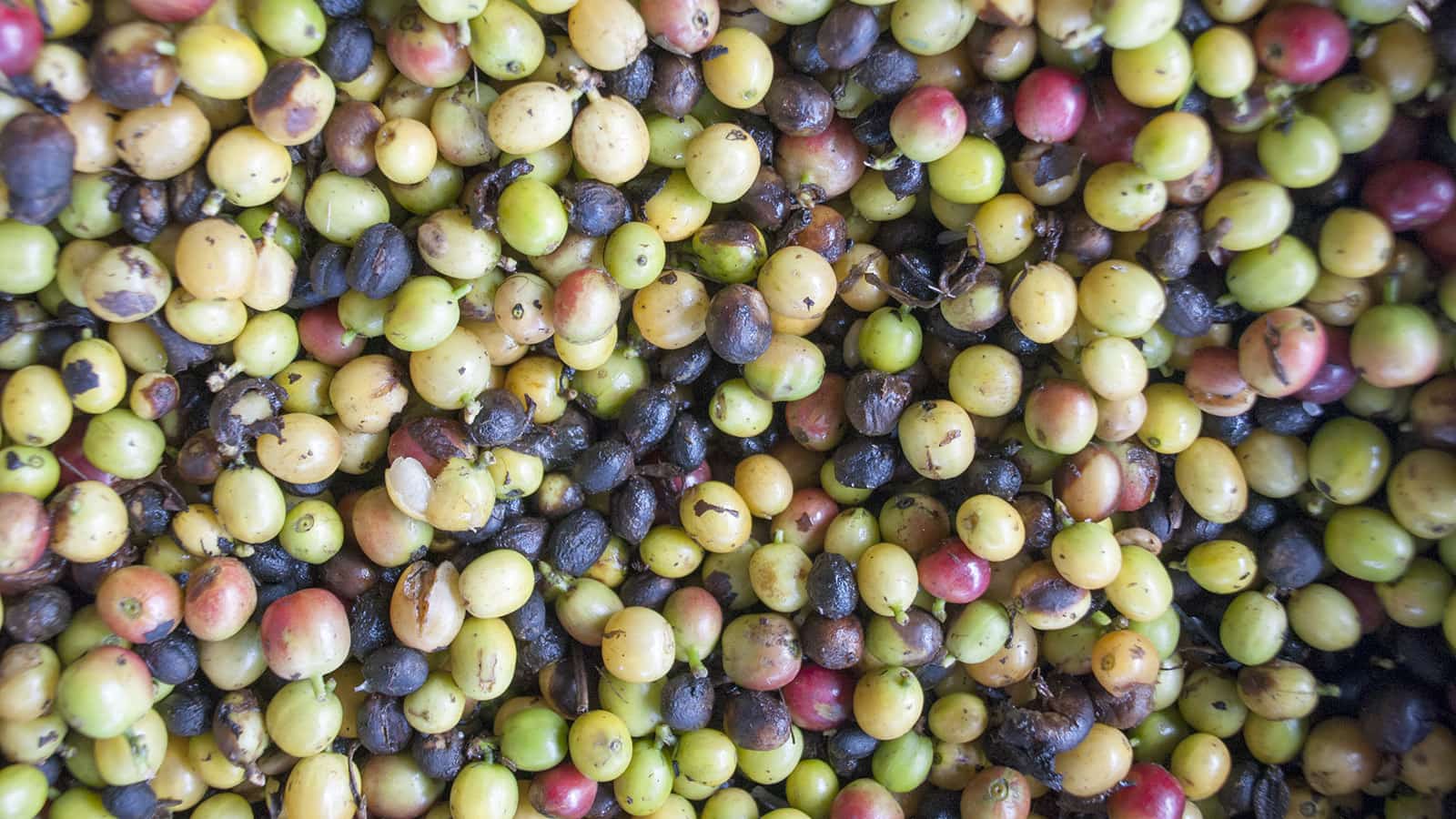
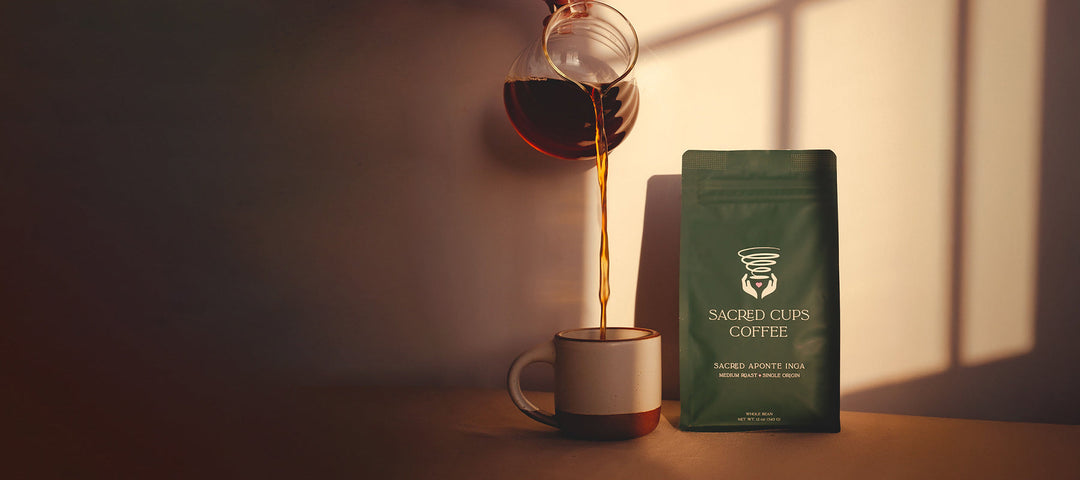
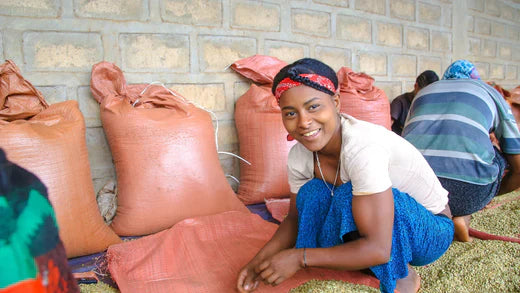

I learned from your article. But even buying my current organic coffee from a self-owned holistic person, can it still have the OTA’s?
———
Purity Coffee replied:
We are glad to hear that you found this article helpful! Yes, it’s possible, and the only way to know is to test for it. I’d reach out to your current coffee supplier to see if they test, and if so, if you could see the results.
I just had a mycotoxin test and my ochratoxin was extremely high. 20.86 when it should be 7.5 holy buckets. I was on the search for clean mold free products. Im on a serious cleans but im glad to know someday i might be able to drink coffee again. Thank you for caring about your product and everyone’s health.
OK, so where do we get this purity coffee and does it come in pods and things like that or is it old-fashioned brewing situation? I drink coffee all the time and I’m not gonna give up my damn coffee so I guess I need a better quality coffee that doesn’t have all this health-destroying myotoxin and mold bullshit going on. Hook me up!! Never going to stop drinking coffee!!
How can you guarantee 0% OTA in coffee when the test results can be subject to sampling location? Unless you test 100% of the sample, I don’t think you can make this claim.
———
Purity Coffee replied:
Thank you for your question.Ensuring our coffee is free from OTA (and all other contaminants) is our top priority. We employ rigorous protocols to prevent contamination at every step of the supply chain.We personally know and trust our producers, and they have the same commitment to coffee and health as we do. They go to great lengths to maintain several certifications, and want their product to be as healthy as possible. Additionally, we conduct external food safety audits at our farms, following global food safety standards for agriculture.Any questionable coffee would be removed before entering the system, it would be graded out. From there, we take a representative sample from each pre-shipment lot, which is a sample of coffee from various stacked bags to create a comprehensive sample for testing each container. This happens before the coffee leaves the country of origin.During transport, we adhere to strict food safety standards. The coffee has been dried to below 12% moisture and maintains a water activity below 0.65, ensuring no mold can grow. It is spot checked again after we receive it.We then lab-test our various roasted products. These measures collectively provide a high level of assurance against OTA presence, in addition to the samples throughout the process having test results below the detectable levels of the standardized tests for mycotoxins done by 3rd party labs. At the end of each of our certificates of analysis for each product, posted publicly on our website, the laboratory states the method that they use for testing. In the case of Multi Mycotoxin testing, they follow this practice: "Varga, E., Glauner, T., Koppen, R., Mayer, K., Sulyok, M., Schumacher, R., Krska, R. and Berthiller, F., “Stable isotope dilution assay for the accurate determination of mycotoxins in maize by UHPLC-MS/MS,” Analytical and BioAnalytical Chemistry, 402:2675-2686 (2012)."
If you have any other questions or need further details, please feel free to reach out.
It’s good to know that there is a coffee that tests for Ochratoxin A and Aflatoxins. Aflatoxins are reported to be one of the most potent carcinogens in the world. I’m going to have Analytics Global lab check for other toxins as well. They test for the largest number of environmental mycotoxins (more than twice Real Time Labs). Ochratoxin A keeps showing up in my urine samples from Great Plains Lab so it will be interesting to see what happens after I switch to Purity coffee.
Leave a comment